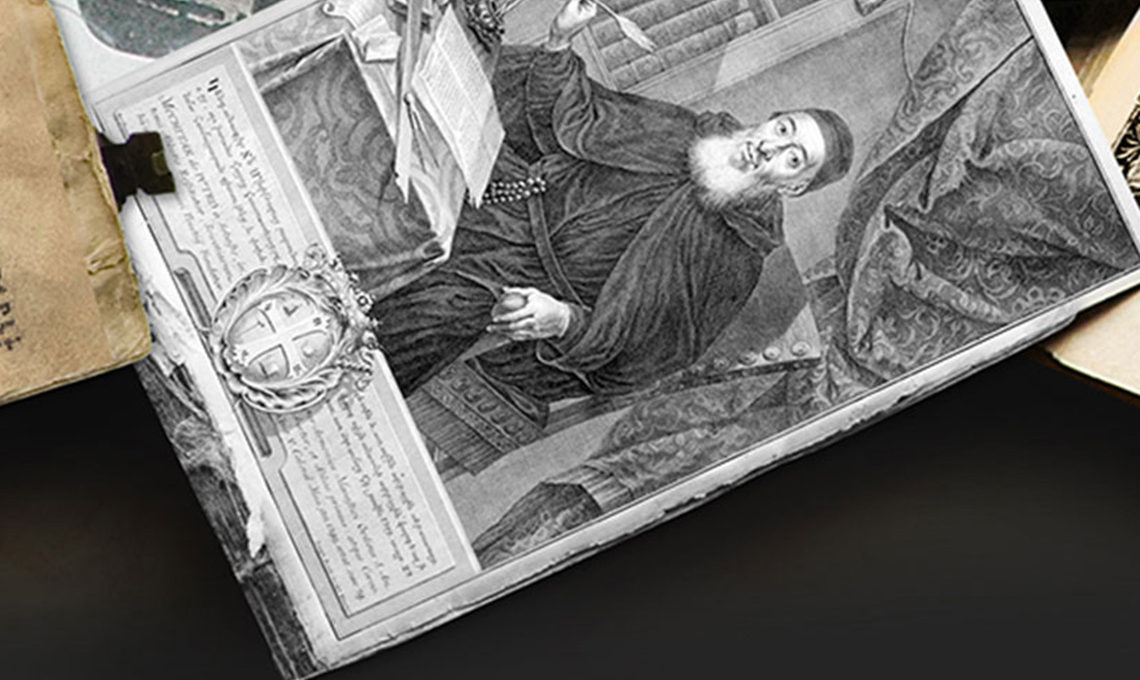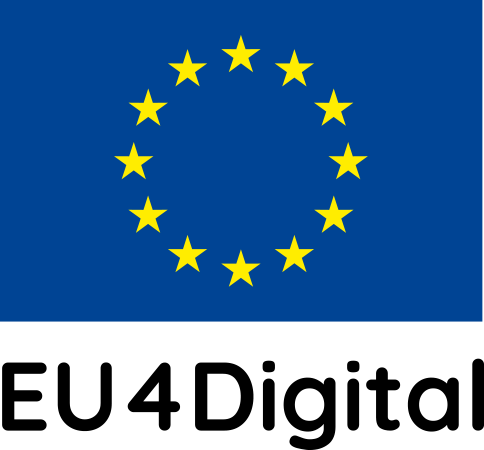
Conserving cultural heritage in Armenia
Books, newspapers, articles and other items spanning around 300 years of Armenian cultural history have been captured and preserved as digital objects. This digital library has grown to more than 94,000 digital objects in around only one year. It has been created with support from the Armenian research and education network ASNET-AM and the EU-funded EaPConnect project, in collaboration with the Polish NREN, PSNC, which trained EaPConnect partners and 2017 EaPConnect Enlighten Your Research (EYR) programme winners in how to use its dLibra e-publication software.
Tigran Zargaryan is a Scientific Adviser at the Fundamental Scientific Library (FSL) of the National Academy of Sciences (NAS) of the Republic of Armenia. He was one of the 2017 winners who received dLibra training, as support for his EYR project ‘Online Armenian digital library for research based on the e-infrastructure facilities of the National Academy of Sciences of Armenia’. This project is contributing digitised collections from Armenia’s regional museums to an open-access repository of Armenian research outputs that Tigran Zargaryan and ASNET-AM plan to ultimately create along with a database about victims and survivors of the Armenian Genocide, with material also coming from all the major Armenian museums and libraries.
What inspired you, Tigran Zargaryan, to create this Pan-Armenian Digital Library?
“The FSL is a leading organisation in Armenia on constructing digital library modules, on using information and communication technologies for long-term preservation of printed scholarly content through digitisation, and on making that e-content metadata available online. For success of such an endeavour, it is important to have qualified IT staff, broadband data transfer network, industrial-grade server solutions based on the federated Cloud platform, which requires not only high performance computing and large volumes of data storage resources, but also skills in data analytics, cloud computing and service provisioning. The FSL alone can’t solve such a complex task. Only in close cooperation with ASNET-AM, the Institute for Informatics and Automation Problems (IIAP) of NAS – providing industrial-grade server solutions, PSNC’s knowledge and technological solutions flowing from European partners on the development and use of digital libraries, HPC and distributed computing infrastructures, can FSL succeed in developing a modern digital library system in Armenia. After fine tuning this will become one of the constant elements of the national computing infrastructure, and this will open research articles produced in Armenia to the world by increasing the visibility of Armenian scientists worldwide.”
What were the barriers or challenges to getting started or making progress?
“Barriers were local library staff who were not all prepared to work with the new digital library concept, with changing technologies, and who lacked the English language. Challenges were adapting to a new level of thinking and working, and obtaining team-working skills with distributed partners. But the motivation was to become part of the European digital library space.”
How did ASNET-AM help to implement the Digital Library?
“Cooperation between ASNET-AM and Armenian libraries has a long history and was always on a good basis. The National Library of Armenia, the Fundamental Scientific Library, and more than 40 libraries of research institutions are using ASNET-AM services.
For the success of this project, ASNET-AM provided us with broadband data transfer network and equipment. In close cooperation with the Institute for Informatics and Automation Problems, they provided server solutions with disc space of 256GB, to be enlarged with another 512GB. IT staff from ASNET-AM participated in all installations and currently are supporting the project.”
What is the EYR programme project part of this work?
“PSNC is one of Europe’s leading organisations on developing digital library modules and tools. The main role of the Enlighten Your Research programme project was for ASNET-AM to shepherd the library during the negotiations with our Polish colleagues.”
What is the current situation?
“IIAP and ASNET-AM allocated computational resources, High-Performance Computing servers, for the Armenian Research & Academic Repository (ARAR) and it has a Web address – http://arar.sci.am. They allocated 2 staff members from their IT department for maintenance, upgrades, archiving of the server and importation of materials. They are working with the PSNC partners on exporting bibliographic data and full text materials from FSL databases in XML format, and importing the data into ARAR. They are also working with the FSL systems librarians on fine tuning the ARAR, and they are organising training sessions.
After PSNC installed the Dlibra system on the IIAP servers and gave online and on-site training sessions for IIAP specialists and FSL systems librarians, they prepared XML export/import templates. They are working now with FSL systems librarians on bugs.
The Fundamental Scientific Library is still participating in data export/import. More than 94,000 digital objects are present in ARAR. We are developing multilingual Authority records, analysing the consistency of imported data, making corrections, creating new digital objects and are busy with localisation of the Dlibra system into Armenian.”
What has been the greatest achievement of the project so far?
“Introducing the modern digital library concept to the Armenian library community and academic community members. Establishing professional contacts with EU partners.”
What is your ultimate goal for the digital library?
“Developing the digital library is an unfinished story. You have a starting date and initial goals, but step-by-step moving towards those, new horizons are becoming visible, new endeavours are arising, and you should be always ready to meet these challenges. I can only declare our second goal – involving the museums in this project, and, with the help of our international partner Polish colleagues and local partner ASNET-AM, we will try to involve the museums in this amazing race.”
How do you feel about the help you have had from ASNET-AM and what it has helped you to achieve so far?
“Without the help from ASNET-AM it is difficult to imagine any success in building a knowledge-based society in Armenia. Firstly, it is the ‘laboratory’ for testing and piloting many advanced technological solutions. It is also a ‘learning classroom’ for Master’s Degree and PH.D. students becoming fluent with cutting edge approaches, such us parallel computing algorithms, data mining, artificial intelligence systems and more. And it is a ‘factory’ for producing high skilled young and motivated professionals, who are working in many industrial areas in Armenia and abroad. So the help is tremendous, and without our ASNET partners no discussions could even be initiated about building digital libraries in Armenia.”
Image: Armenian cultural materials (courtesy of ASNET-AM)
For more information please contact our contributor(s):


